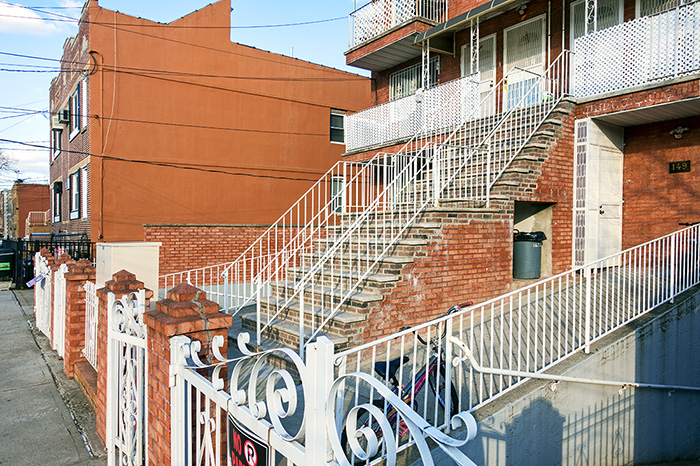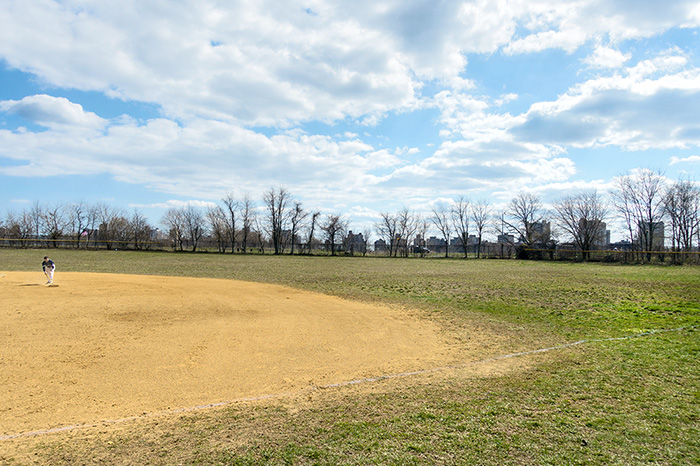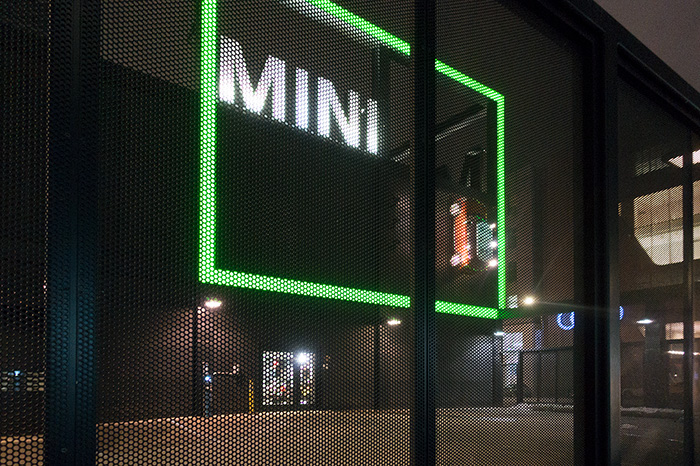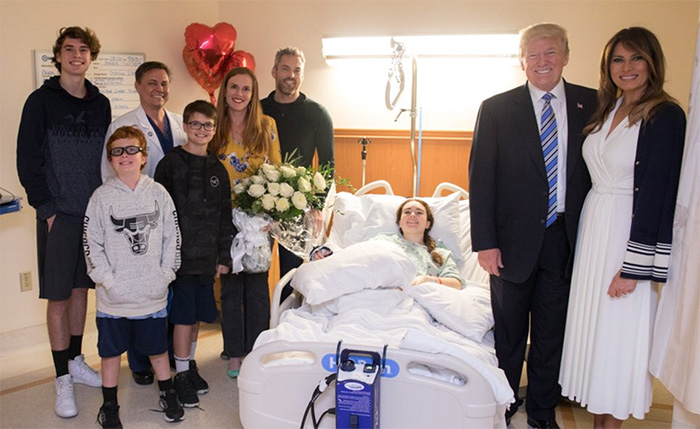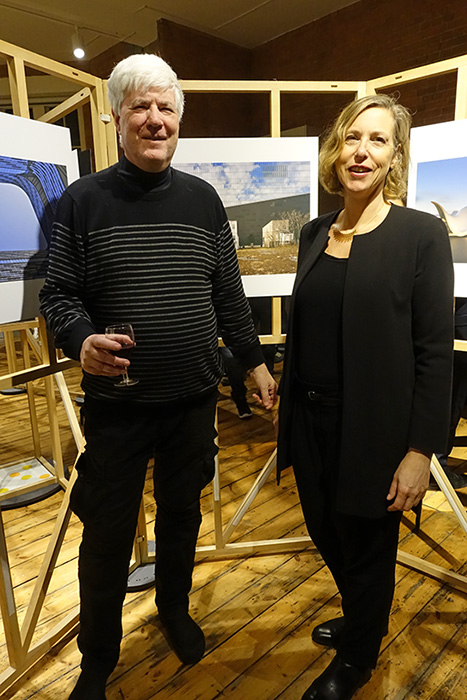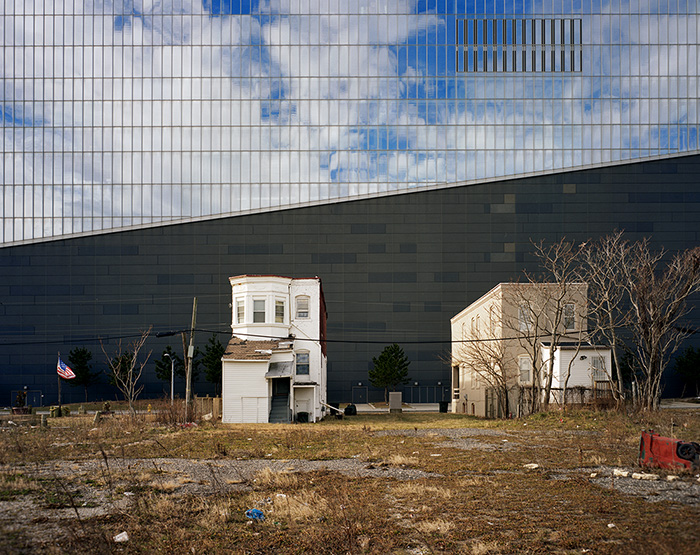
Trade edition sold out. Limited Edition can be purchased here.
An update on my New York trilogy of books. It has been six years since I began this self-publishing journey, first with Time and Space on the Lower East Side, then with Metamorphosis, Meatpacking District, and finally with WTC.
Time and Space came about after being turned down by a couple of publishers. I felt strongly that this was a book that had an audience. I made a mockup using Blurb, the print-on-demand internet platform, and offered it for sale at St. Mark’s books, the legendary bookstore that, sadly, closed a couple of years ago. Surprisingly, I quickly sold out 10 copies of this rather expensive, digitally printed paperback.
I decided to find a way to self-publish, and ended up by chance talking to photographer Bill Diodato in a pizza restaurant after one of our sons’ Little League games. It turns out he was a photo book collector and was interested in working with me on my publishing project. I’m not sure that any of this would have happened without Bill’s know-how and enthusiasm. We used his imprint, Golden Section Publishers, for all three books.
I employed Kickstarter to help fund Time and Space — and used it for the next two books as well. Kickstarter is crowd funding, of course, but it is also a way to build a base of support. Running a campaign is a tremendous amount of work, and nerve wracking as hell. I’m not sure I want to do another one any time soon.

Trade edition can be purchased here. Limited edition sold out.
After Time and Space came out, I discovered a box of negatives hiding on a shelf of my film and print archive. In it were several dozen pictures of the Meatpacking District that I made in 1985. I had developed the film but never printed any of it. So, I scanned the negatives and was confronted with a series of stark and powerful images of an utterly empty, ravishingly decrepit New York.
Unlike the Lower East Side project, where I re-photographed the neighborhood, but only rarely restaged the original shots, these images of the Meatpacking District demanded a more conventional before/after approach. It was a lot more difficult making the after photographs than the befores. Those were made over several days in the dead of winter, crusty snow and slimy cobblestones underfoot. The new ones required repeated visits to the same locations, waiting for the light, for traffic and herds of people, and for photographic lightening to strike. It did a few times, fortunately.

Trade and limited edition can be purchased here.
Thanksgiving 2014 I was on a train going to Connecticut to a friend’s house, when lightening struck again. This time, a sudden realization, that I had in my archive, the basis for a book that chronicled the history of the World Trade Center. WTC was cobbled together from various projects, starting with color images I made as a student at Cooper Union in the 1970s. It ends with a series of photographs of One World Trade, the intended replacement for the destroyed Twin Towers. Like my other books, WTC takes in the changes that have transformed New York over several decades. For me, it is a visual requiem, an homage to the resilience of this great city.
I didn’t start out thinking there would be three books. It happened organically, building on the work I did years ago, tying up loose ends, retracing my steps as a young photographer. It’s hard to say what is considered success in this business — at this point I’ve sold close to 3,000 books — which is a lot considering that this was done without an established publisher or distributor. The trade edition of Time and Space is sold out, and there are only 100 copies of Metamorphosis remaining. As of this week, the limited edition of Metamorphosis has sold out.
Would I have done three books in six years with a real publisher? Not a chance. Would I have made more money with a real publisher. Certainly not. Am I ready to do another book on my own? Maybe, maybe not. After all the blood sweat and tears that went into my New York trilogy, it would be nice to work next time with a supportive publisher.
To all who have bought one of my books — thank you!




